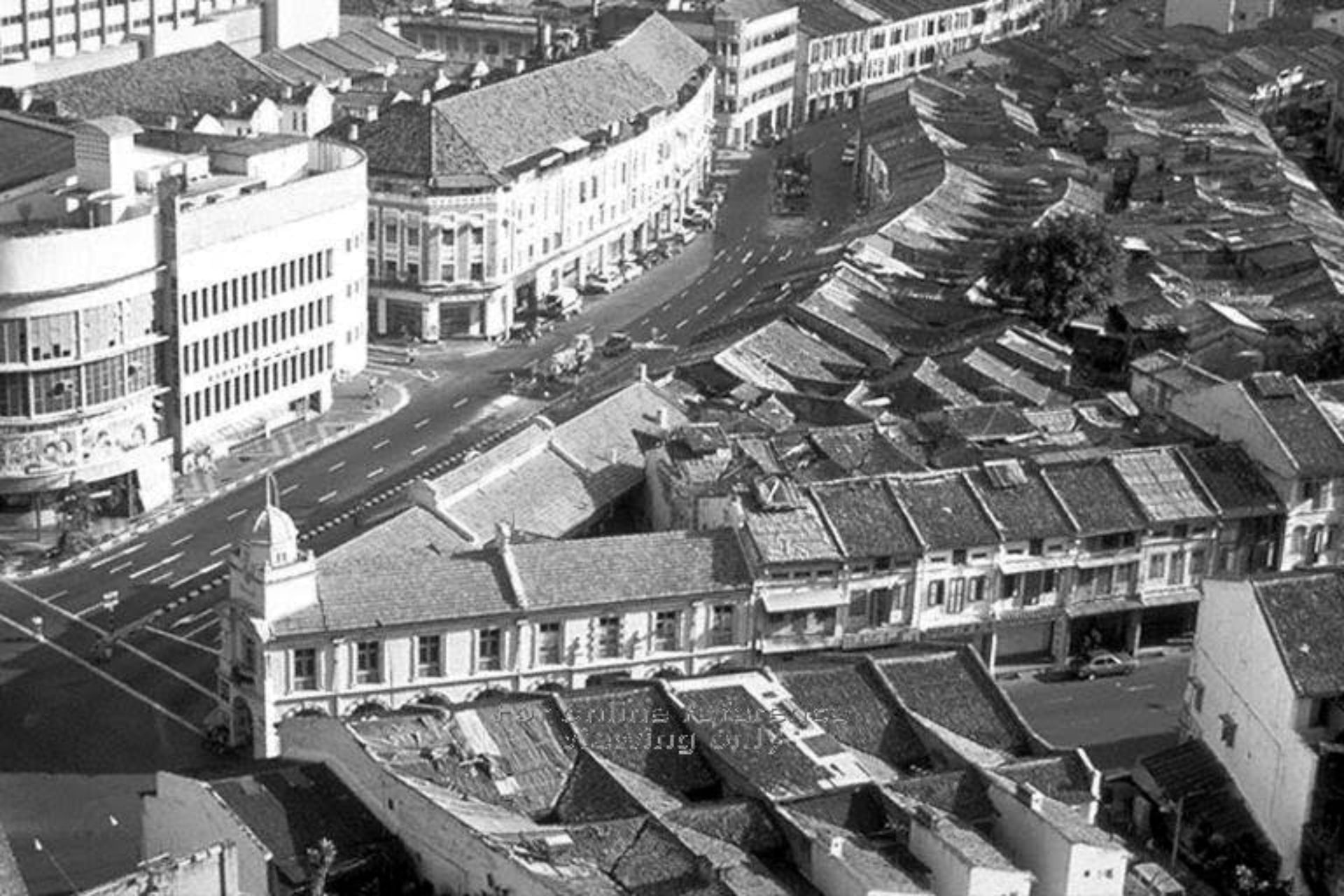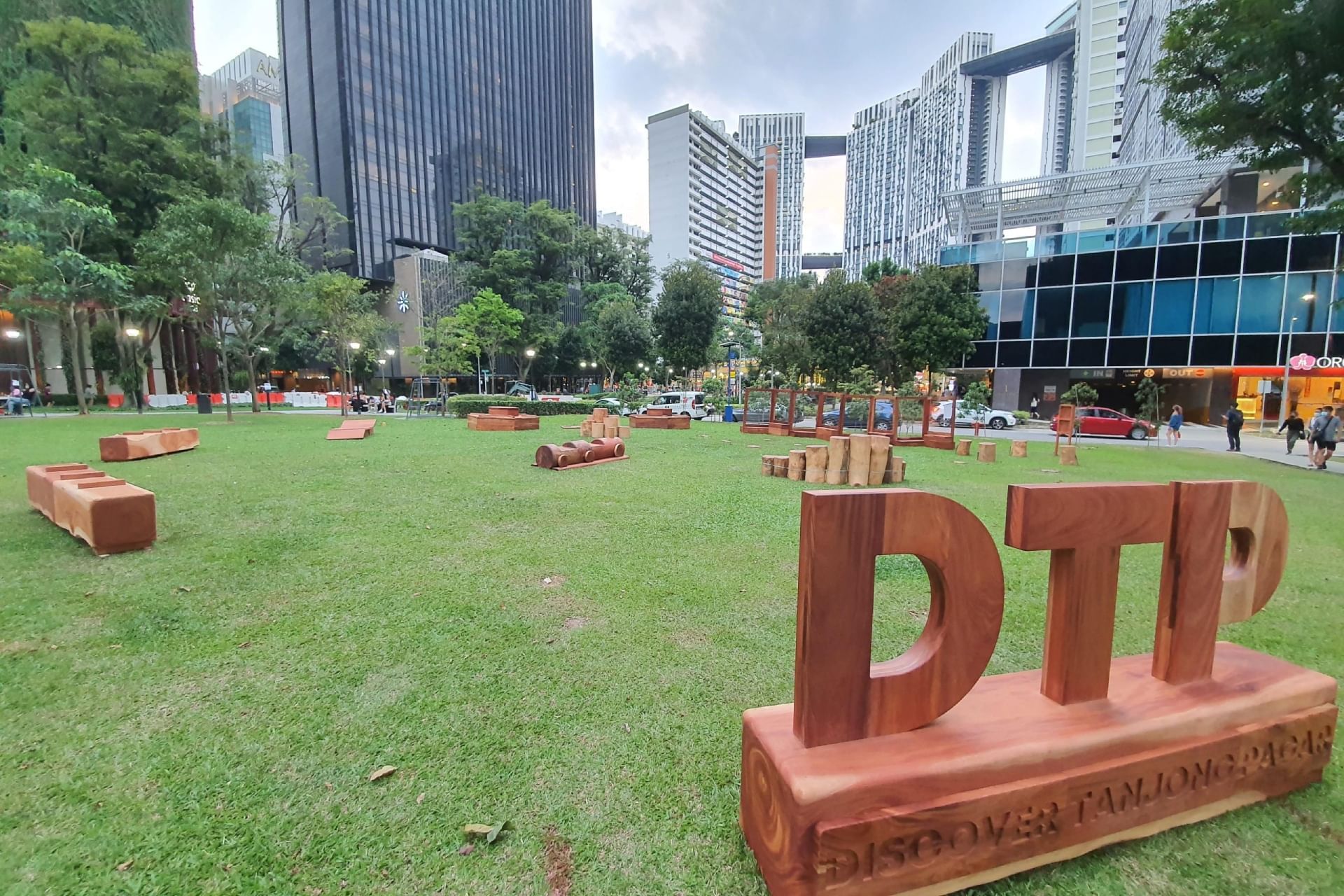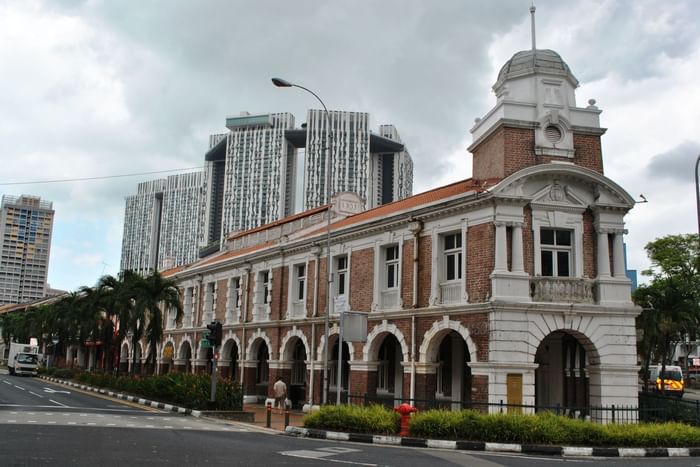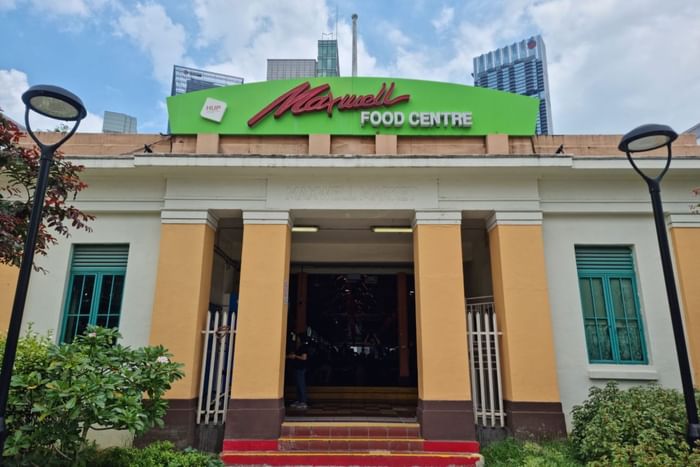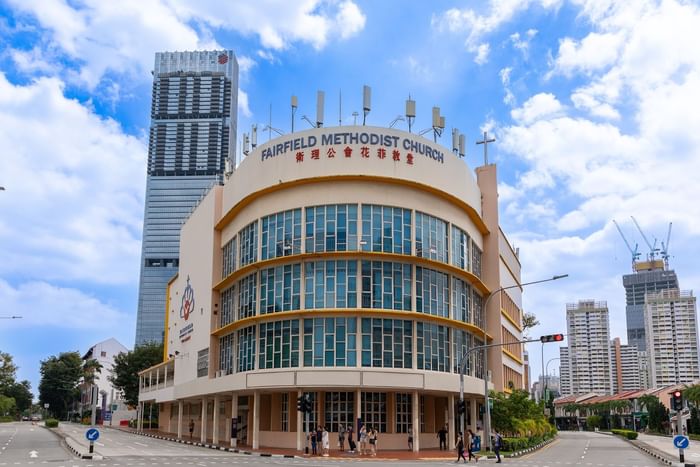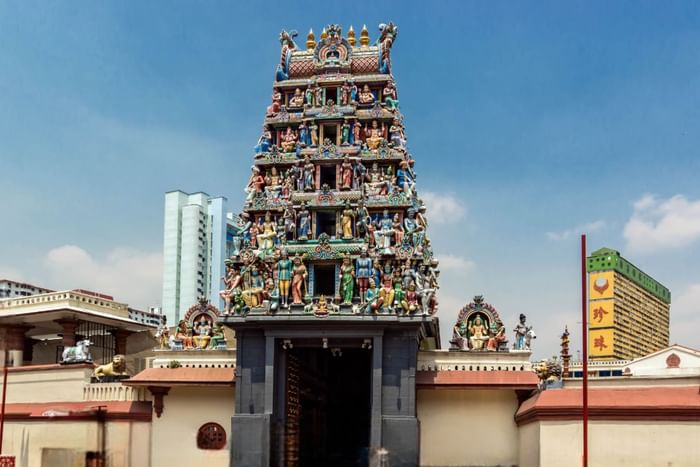History of Tanjong Pagar
Tanjong Pagar was named for the fences that used to line the bay area. Given Singapore's strength as a deep sea harbour, trade helped the area flourish. A railway track was paved from the port to facilitate the movement of goods to Kranji in the north, while a rickshaw hub was built to move people around. The architecture truly reflects the many traces of people living in the area - from a rickshaw station and temples to grassroots libraries, associations and factories. Some have retained their original functions, while others have evolved to match the needs of visitors and residents of the neighbourhood today.
Tanjong Pagar Today
Fast forward to 2023, and it has transformed into a glitzy financial district. As Singapore made a conscious effort to slowly move away from the Garden City narrative to one that is firmly rooted in the idea of 'City in a Garden', we have seen the city enveloped in more greenery than ever, whether it's the rise of biophilic buildings or the shaping of new parks. Literally a green extension of Orchid Hotel, Discover Tanjong Pagar Community Green is a body of greenery at our doorstep, aiming to plant 100 trees in five years. Currently, there are 16 - 84 more trees to go!
Life in Tanjong Pagar & Connecting with Community
Tanjong Pagar is a living and breathing hive of activity high on life. Singaporeans and visitors are drawn to diverse, inventive restaurants ranging from Korean and Modern Chinese to Gastro-Botanica and those that have bagged a Michelin star or two. Cocktail bars are upping the ante as they outdo each other, creating well-thought-out cocktail programs with a sense of place and respect for spirits and ingredients. Over the years, more people have called Tanjong Pagar home as it grew from having just a few blocks of HDB flats to now - mixed condominiums have sprung up while The Pinnacle @ Duxton, a shining beacon of public housing, towers over the area. You will rub shoulders with locals and in-the-know expats as you weave your way through the charming streets and shophouses.
Connectivity
Connectivity and convenience are prime in this part of downtown Singapore, with Tanjong Pagar, Chinatown, Maxwell and Shenton Way MRT stations a skip and a hop away. Our front desk team will be able to offer expert top tips on how to see the city from the front row and connect with the community.
Photo Source: National Archive Singapore (NAS) | Discover Tanjong Pagar

